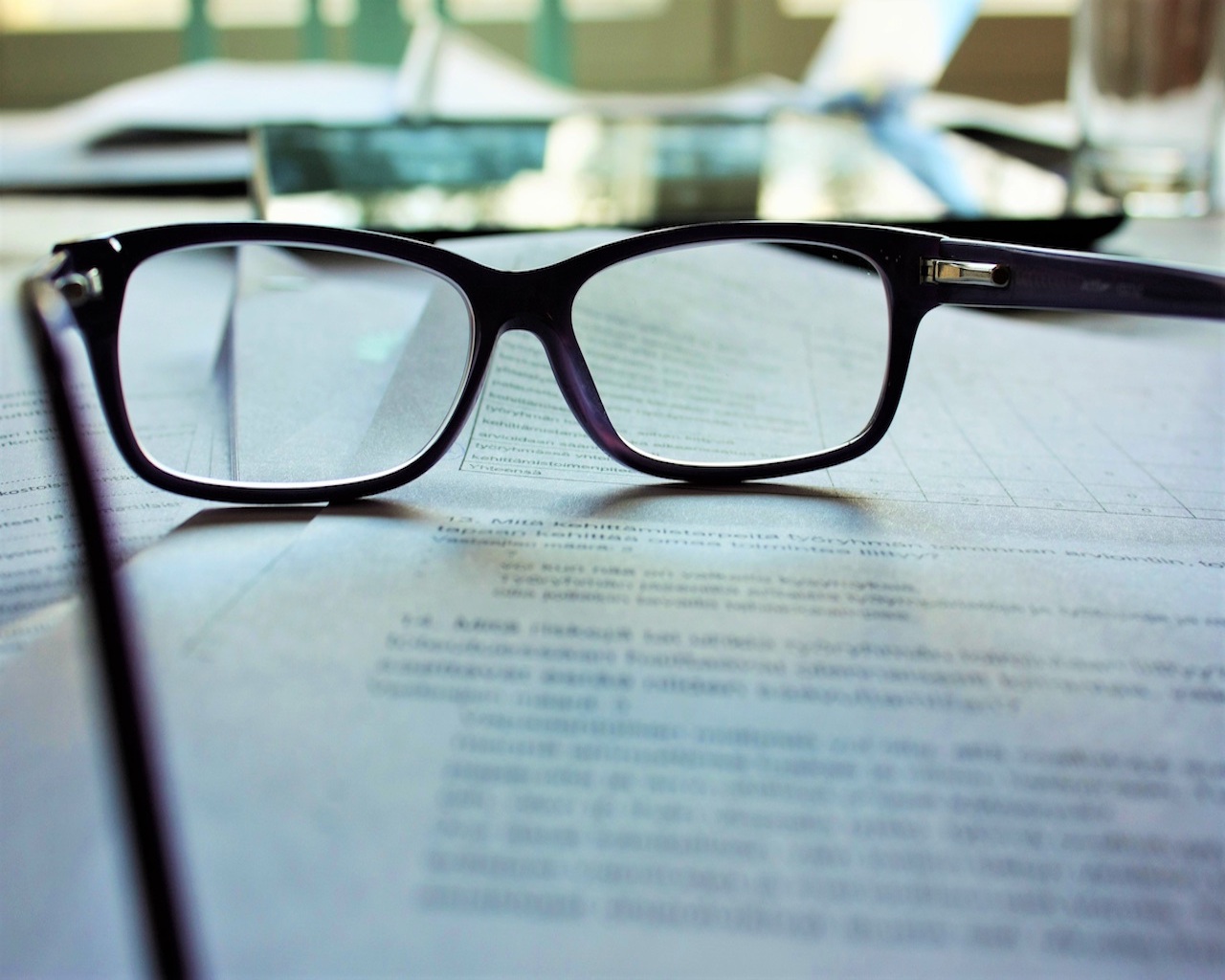University is starting for some students who took A’levels in 2016. And, one of my ex-students told me to share/ summarise the things to know for probability at University level. Hopefully this helps. H2 Further Mathematics Students will find some of these helpful.
Suppose ![]() is a random variable which can takes values
is a random variable which can takes values ![]() .
.
![]() is a discrete r.v. is
is a discrete r.v. is ![]() is countable.
is countable.![]() is the probability of a value of
is the probability of a value of ![]() and is called the probability mass function.
and is called the probability mass function.
![]() is a continuous r.v. is
is a continuous r.v. is ![]() is uncountable.
is uncountable.![]() is the probability density function and can be thought of as the probability of a value
is the probability density function and can be thought of as the probability of a value ![]() .
.
Probability Mass Function
For a discrete r.v. the probability mass function (PMF) is
![]() , where
, where ![]() .
.
Probability Density Function
If ![]()
![]() .
.
And strictly speaking,
![]() .
.
Intuitively,
![]() .
.
Properties of Distributions
For discrete r.v.![]() .
.![]() .
.
For continuous r.v.![]() .
.![]() .
.
Cumulative Distribution Function
For discrete r.v., the Cumulative Distribution Function (CDF) is![]() .
.
For continuous r.v., the CDF is![]() .
.
Expected Value
For a discrete r.v. X, the expected value is![]() .
.
For a continuous r.v. X, the expected value is![]() .
.
If ![]() , then
, then
For a discrete r.v. X,![]() .
.
For a continuous r.v. X,![]() .
.
Properties of Expectation
For random variables ![]() and
and ![]() and constants
and constants ![]() , the expected value has the following properties (applicable to both discrete and continuous r.v.s)
, the expected value has the following properties (applicable to both discrete and continuous r.v.s)
![]()
![]()
Realisations of ![]() , denoted by
, denoted by ![]() , may be larger or smaller than
, may be larger or smaller than ![]() ,
,
If you observed many realisations of ![]() ,
, ![]() is roughly an average of the values you would observe.
is roughly an average of the values you would observe.
![]()
![]()
![]()
![]()
![]()
Variance
Generally speaking, variance is defined as
![]()
If ![]() is discrete:
is discrete:
![]()
If ![]() is continuous:
is continuous:
![]()
Using the properties of expectations, we can show ![]() .
.
![]()
![]()
![]()
![]()
![]()
Standard Deviation
The standard deviation is defined as
![]()
Covariance
For two random variables ![]() and
and ![]() , the covariance is generally defined as
, the covariance is generally defined as
![]()
Note that ![]()
![]()
Properties of Variance
Given random variables ![]() and
and ![]() , and constants
, and constants ![]() ,
,
![]()
This proof for the above can be done using definitions of expectations and variance.
Properties of Covariance
Given random variables ![]() and
and ![]() and constants
and constants ![]()
![]()
![]()
![]()
Correlation
Correlation is defined as
![]()
It is clear the ![]() .
.
The properties of correlations of sums of random variables follow from those of covariance and standard deviations above.


